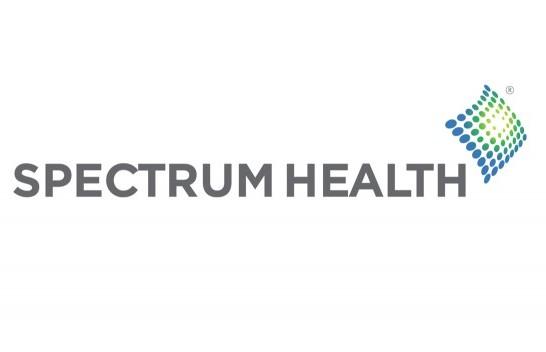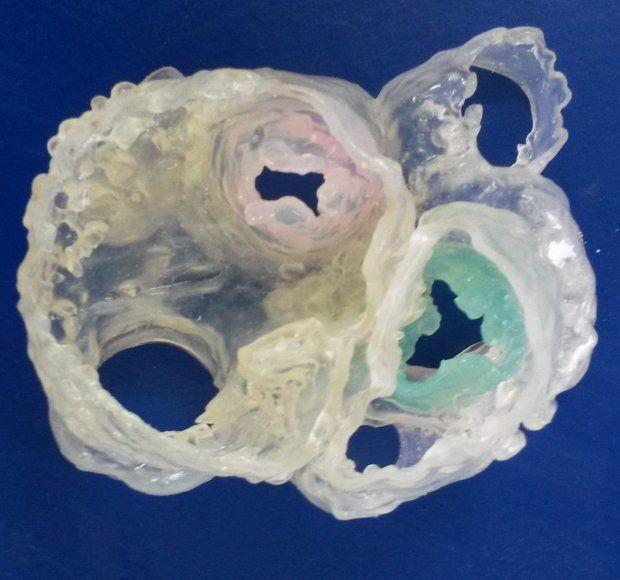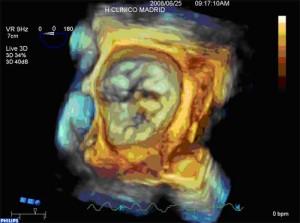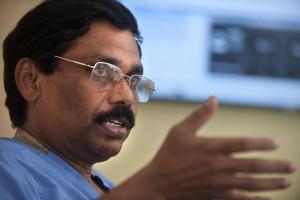 Surgeons have been using 3D printed models of their patients’ hearts for preoperative planning and strategizing for a while now. While not yet quite routine, the practice has still become a relatively common process for difficult, complex or excessively dangerous heart surgeries. The models printed for these procedures can often give doctors greater insight into what they will see when they open a patient up, and dramatically reduce the length of the operation by eliminating the need for surgical probing or exploring the site of the defect being repaired. However, the 3D model is only as good as the data used to create it, and currently no singular method for obtaining a 3D model of a heart is perfect.
Surgeons have been using 3D printed models of their patients’ hearts for preoperative planning and strategizing for a while now. While not yet quite routine, the practice has still become a relatively common process for difficult, complex or excessively dangerous heart surgeries. The models printed for these procedures can often give doctors greater insight into what they will see when they open a patient up, and dramatically reduce the length of the operation by eliminating the need for surgical probing or exploring the site of the defect being repaired. However, the 3D model is only as good as the data used to create it, and currently no singular method for obtaining a 3D model of a heart is perfect.
But heart specialists at Spectrum Health, a group of 12 not-for-profit hospitals in West Michigan and considered one of the best healthcare providers in the country, has just 3D printed the first model of a patient’s heart using combined data from imaging techniques. The hybrid 3D printed model has significantly more detail than models created using standard techniques. Spectrum Health is the first healthcare provider to develop a process to combine virtual data from multiple imaging scans.
Typically when a surgeon needs a 3D model of a patient’s heart they use one of several methods available to them. In the last year we have seen hearts 3D printed using data from CT scans, MRI data and recently even an ultrasound process called 3D echocardiography. This 3D model printed by Spectrum Health combined the data gathered from a CT scan and using 3D echocardiography. Spectrum Health is also further developing the new process to incorporate highly detailed data from an MRI scan.
“Hybrid 3D printing integrates the best aspects of two or more imaging modalities, which can potentially enhance diagnosis, as well as interventional and surgical planning. Previous methods of 3D printing utilize only one imaging modality, which may not be as accurate as merging two or more datasets,” cardiac sonographer and the lead author of the proof-of-concept study Jordan Gosnell explained to Mlive.com.
Each of the various imaging techniques used in this hybrid process has different strengths, and by combining data from multiple techniques doctors can create an extremely detailed 3D model of the patient’s heart. The CT scan is used to collect highly detailed data of the exterior anatomy of the heart. The inside of the heart is visualised using an MRI, which can also generate detailed scans of its musculature. And finally the 3D transesophageal echocardiography (3DTEE) process focuses specifically on the heart valves, the primary location of the type of defects that the process was developed to correct.
The final proof-of-concept study for this process is being presented this week at CSI 2015 (The Catheter Interventions in Congenital, Structural and Valvular Heart Disease Convention) in Frankfurt, Germany. The presentation will be handled by the study’s senior author, Dr. Joseph Vettukattil, one of the leading heart specialists in the world. He has also helped develop the process of generating 3D models using 3DTEE, specifically for use with patients diagnosed with congenital heart disease. While the new process has already proven to be effective, Dr. Vettukattil does say that they still need to conduct additional research before determining the role of these hybrid 3D models in making surgical decisions. You can discuss this new medical advancement over in our 3D Printed Heart Model Using Multiple Imaging Techniques forum thread at 3DPB.com.
Subscribe to Our Email Newsletter
Stay up-to-date on all the latest news from the 3D printing industry and receive information and offers from third party vendors.
You May Also Like
Purdue Teams Power 3D Printed Rocket Chamber with Elementum 3D’s Aluminum Powder
Self-landing rockets essentially changed the space sector, transforming it from a niche research segment to fully fledged industry. To continue driving the technology forward, new generations of engineers are expanding...
BMW Targets WAAM 3D Printed Test Parts for Vehicles Next Year
The BMW Group has long been a user and innovator in additive manufacturing (AM) technology, dating back nearly 35 years. Nevertheless, the auto giant never fails to impress in the...
Blue Laser Firm NUBURU Explores Strategic Alternatives Amid NYSE Compliance Challenges
In a strategic move reflecting the current macroeconomic landscape, NUBURU, Inc. (NYSE American: BURU), a pioneer in industrial blue laser technology, has announced its decision to explore a wide array...
Elementum 3D Receives $2.875M to Lead Aluminum 3D Printing Research
Elementum 3D, a Colorado-based additive manufacturing (AM) company specializing in metals development, has been awarded $2.875 million by Manufacturing USA institute America Makes for the “Proliferation of AM Aluminum Alloy...


































